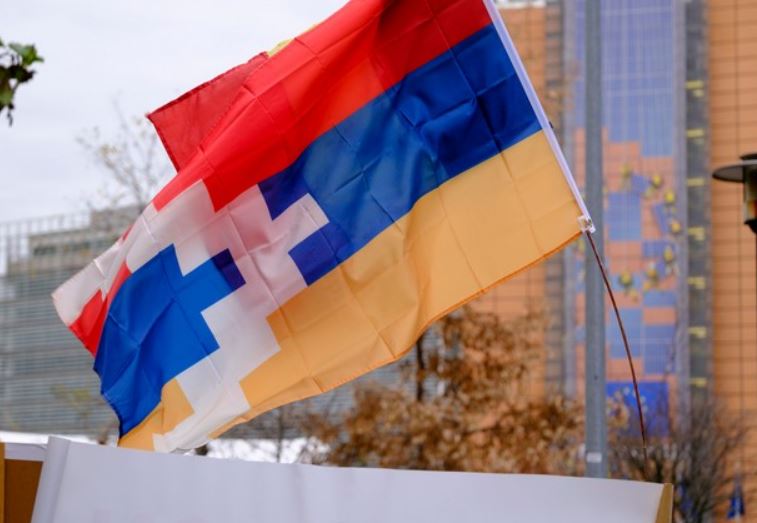A young girl, whom I have no reason not to believe, says that she got into a taxi, and the driver, noticing the badge with the Artsakh flag attached to her coat, said: “Take that garbage out, and then I will drive.” I am not inclined to generalize this case by spreading it to all our citizens, nor do I want to blame the given citizen. But I suggest not hiding from the unpleasant reality, accepting that such phenomena exist and are common, and trying to understand their origins.
According to all sociological surveys, most Armenian citizens do not want Artsakh to be part of Azerbaijan. Again, there is no reason to disbelieve those polls. Furthermore, I’m sure the aforementioned conditional driver is also in the vast majority. But abstract desires and specific negative emotions are highly different.
Let’s try to delve into the roots of those emotions. Maybe they are because, since 1998, the most luxurious cars have had “HKR” license plates; perhaps the driver’s son served in Artsakh, and they mistreated him. He may think that only “Karabakh people” live on North Avenue. He may have seen that flag during opposition rallies, connected those rallies with Kocharyan, and has very negative feelings towards the latter.
The list of those possible reasons is very long, but it is clear what kind of phenomenon we are discussing. No sociological survey can reveal the entire palette of people’s feelings, but it is a set of reasons of this kind that lowered the bar of expectations.
Read also
And why only Artsakh? Amulsar was engaging most of our citizens only as a tool to “reject Serzh” and not because the mine operation would harm our nature. Today only some people are ready to go there, block the road, lie under trucks, and spend the night.
If the price of electricity or transport rises tomorrow, I assure you, there will be no “wave of activism.”
ARAM ABRAHAMYAN


























































